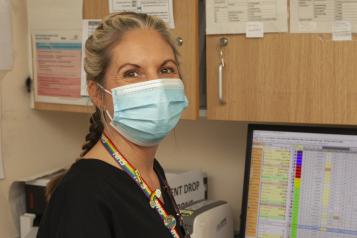What do the new government guidelines mean for COVID-19 testing?

Last updated on 18 March 2022.
To check the latest Government guidance please visit Gov.uk.
18 March, this guidance applies UK WIDE
From 4 am on Friday 18 March, you will not need to take any COVID-19 tests or fill in a passenger locator form when travelling to the UK from abroad. These changes apply whether you are fully vaccinated or not.
24 February, this guidance applies to ENGLAND
You will not be legally required to self-isolate if you test positive for COVID-19. Stay at home if you can and avoid contact with other people.
You will not have to take daily tests or be legally required to self-isolate following contact with someone who has tested positive for COVID-19.
The Test and Trace Support Payment Scheme will end. If you were told to self-isolate before 24 February you can still make a claim up to 6 April.
21 February , this guidance applies to ENGLAND
The government has published its plan for living with COVID-19.
Staff and students in most education and childcare settings no longer need to test twice a week
There are different tests you can get to check if you have coronavirus (COVID-19). The test you need depends on why you're getting tested.
The two main tests are:
- PCR tests – mainly for people with symptoms, they're sent to a lab to be checked
- Rapid lateral flow tests – these are usually for people who do not have symptoms. These tests give you a quick result using a device similar to a pregnancy test
Tests are currently free until 1 April 2022.
What happens if I want to get tested for COVID-19 from April?
Free lateral flow tests (LFTs) won't be available after 1 April, except for the over-75s and over-12s with weakened immune systems and social care workers and NHS staff. Everyone else will have to buy a test from pharmacists or other retailers.
Further details of all of the ‘at risk’ groups that can still get free tests will be announced in March 2022.


